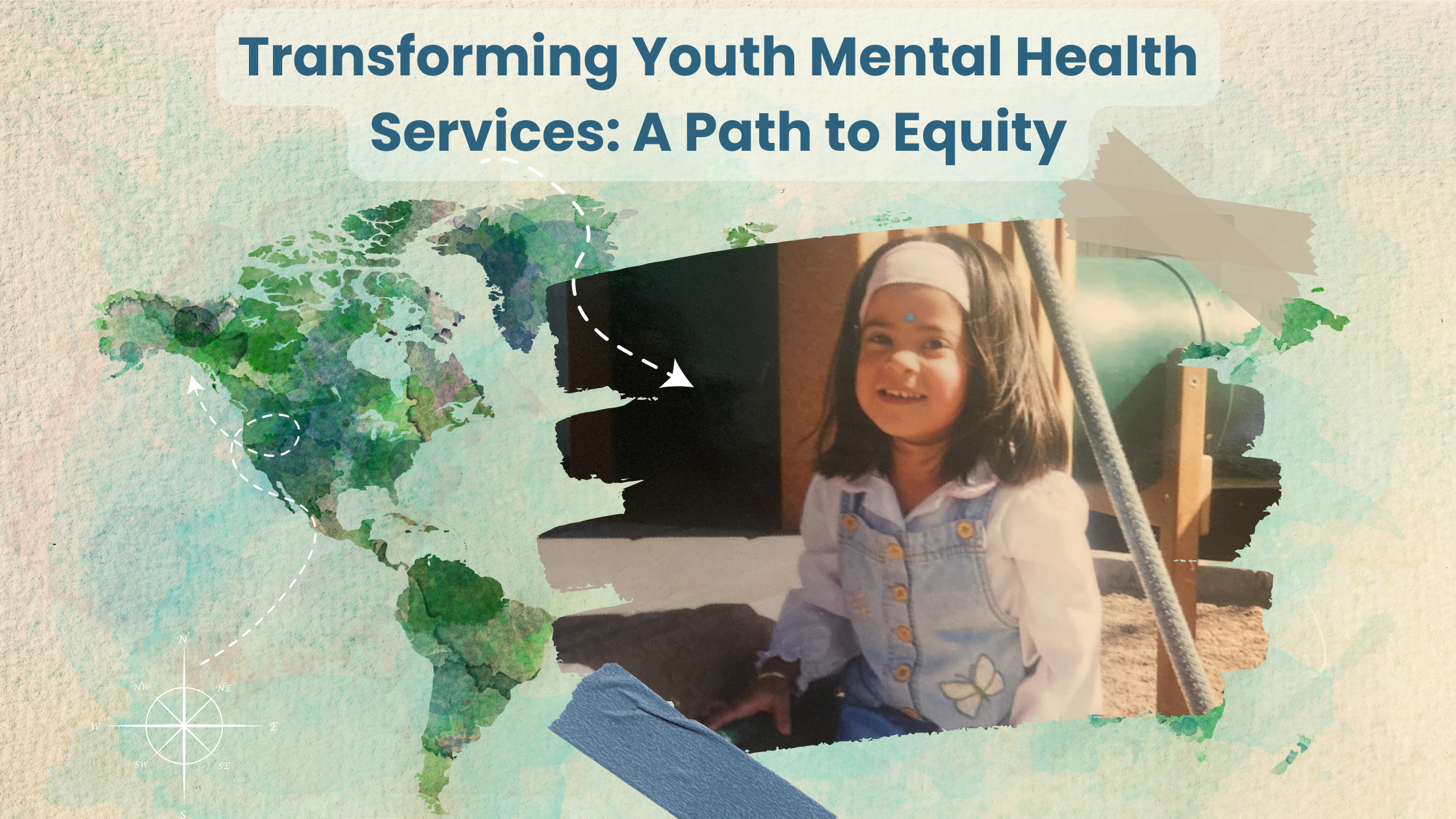While the mental health challenges endured by youth of color — and the educational system's failure to provide sufficient support — are not new issues, they were illuminated by the pandemic. The heightened attention to this critical issue brought me a glimmer of hope that perhaps we can finally begin to address the problem illustrated by my own lived experience.
At the Colorado Health Institute, we are committed to advancing health equity, and youth mental health is a key component of that work. We have conducted analyses and established partnerships in the youth mental health space. As a person who grew up experiencing the educational system’s failures, I’m thrilled to be part of an organization committed to exploring the intersections of youth mental health and racial bias, seeking to shed light on this critical issue and offer solutions.
In 2021, a survey of over 50,000 middle and high school students revealed that about a third of Colorado’s youth reported feeling sad or hopeless almost every day for at least two weeks straight. As outlined in CHI’s Solutions to Strengthen Colorado’s Youth Mental Health Ecosystem, it is crucial to acknowledge that children who identify as people of color or as LGBTQ+ are particularly vulnerable to experiencing worse mental health outcomes. The American Psychological Association (APA) emphasizes the gravity of this issue. Despite advancements in research, therapeutic practices, and policy reforms over recent decades, many children and youth continue to grapple with poor mental health outcomes, primarily linked to their socioeconomic disadvantages, racial or ethnic minority backgrounds, or immigrant status.
As I delve into the recommendations in Solutions to Strengthen Colorado’s Youth Mental Health, I can’t help but wonder how my life and the lives of my classmates might have been different if we had initiatives and policies like those outlined in the report: increased access to trauma-informed, family-centered programs, and mental health screenings in schools. Just one policy change could have been life-changing for so many students.
Many school districts recognize the importance of providing mental health services to students. Over one-third of school districts use their own staff to offer mental health services, and more than one-fourth collaborate with outside agencies for this purpose. CHI’s Reaching Kids Before the Crisis analysis explores what successfully implementing universal mental health screenings looks like and what partnerships are needed to help Colorado’s youth in the places they spend the most time — in schools.
Providing culturally competent mental health care within schools is essential. Acknowledging and addressing race bias requires an understanding of diverse cultural backgrounds and experiences. Educational decision-makers must adopt strategies to address and overcome race bias within the school environment. These include policy reforms centered on equity, culturally affirming curriculum, and implementing affirming school policies. A large body of research also underscores the need to diversify the teaching workforce. These strategies are vital for creating inclusive mental health systems.
To achieve true equity in youth mental health services, a shift toward racially and culturally conscious implementation in schools is necessary. This approach involves addressing how race, class, gender, power, and privilege shape school processes, including discipline. Relying on race-neutral strategies and hoping they will reduce racial disparities is not a viable solution, and one that failed me and so many other students. Instead, policymakers, administrators, educators, and advocates must come together to build on what we’ve learned about racial discipline disparities and reform efforts. By doing so, we can finally eliminate racially-disparate discipline outcomes and ensure that every youth has access to the mental health support they need.
The transformation of youth mental health services is within reach, but it requires concerted efforts and a commitment to equity. With the right policies, strategies, and advocacy, we can reshape the landscape of youth mental health and create a system that is inclusive, accessible, and free from racial bias. I have found solace in research that validates the experiences of countless individuals, including my own. Working on these projects provides a sense of recognition and understanding that while we came with a unique set of problems, the educational systems were not built to support kids like me, and most times set us up for failure. But this does not have to be the future, CHI's partnerships and ongoing work in the field of youth mental health inspire hope for the upcoming generations, and being able to contribute to this mission feels like a full-circle moment.


